Version 0206
Release date March 5th, 2025
Release summary
Short on time and want a high-level summary? Quinyx web app Version 0206 New functionality
New functionality requiring configuration updates
Updates and performance improvements
Bug fixes
Frontline Portal Version 0206 New functionality
Updates and performance improvements
Bug fixes
SOAP API / Webservice updates
|
Important announcements
Release highlights
To help you get the most out of this release, we'll be creating highlight videos showcasing key updates and new features. Check back next week! 🎉
Quinyx web app Version 0206
Release date March 5th, 2025
New functionality
- None at this time.
New functionality requiring configuration updates
- None at this time.
Updates and performance improvements
Improved support for monitoring and editing shared employees' schedule
With this release, we’re continuing to improve the support of our software by allowing local managers to monitor and edit shared employees' schedules.
Away-group absences and unit name
As of release 0204, absences from away-group absences display as their own entities, i.e., as individual boxes. As of release 0206, we now also display the unit the absence resides on:

Hovering over the absence will now also display the unit name where the unit resides, which is particularly useful in cases where the unit name is long and/or when you’re viewing doesn’t accommodate the full name displaying.
This improvement is intended for you as a manager, to more easily determine which unit has created the absence in question, for instance, in cases where you want to know who to turn to if you have questions about the absence in question.
Away-group shifts and shift type name
Quinyx has already displayed the shift type name of away-group shifts for some time. However, up until this release, local shift type names were represented by the Shift exists mention:
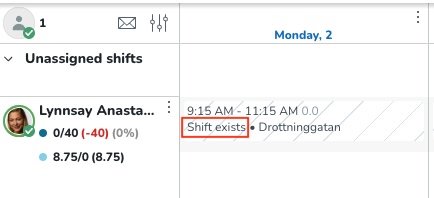
As of the 0206 release, the shift type name of away-group shifts also displays if the shift type used happens to be a local one:
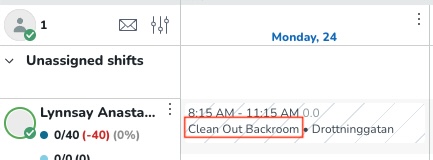
This improvement aims to improve your understanding of a given employee's workday(s) when monitoring or assessing whether to edit their schedule, but also improve our software’s consistency.
Improved usability of the exported Forecast data
Before, when exporting forecast data, the number and date fields were exported as strings. Now we have improved this. As a result, when importing the data to external software, the user doesn’t have to spend time adjusting the data.
Bug fixes
- Resolved an issue causing certain agreements to be selected when adding a new shift or modifying the hours in Base schedule.
- Resolved an issue where, when unticking the absence's and absence request's "All day" checkbox, the end date and default times didn't reflect the expected behaviour.
New Quinyx HelpDocs content
Frontline Portal Version 0206
Release date March 5th, 2025
New functionality
Files Hub - Uploaded files
Files are regularly uploaded to individual resources (i.e. tasks, stories etc.). You might upload these files yourself, or the files might be uploaded by your peers or subordinates. Prior to this release, finding a particular file could become difficult, as it required you to remember which resource the file had been uploaded to. If you wanted to move one of these files to a folder within the Files Hub, you had to first download it from the resource, and then upload it to the folder of your choosing.
To make it easier to find these files, we have introduced the new ‘Uploaded files’ collection. This new collection shows you all files uploaded to the resources you can access. You can also relocate them to a folder of your choosing if required. You can find the new Uploaded files collection by following the steps below:
- Navigate to Files.
- Select the All button.
- Select the Uploaded files collection.
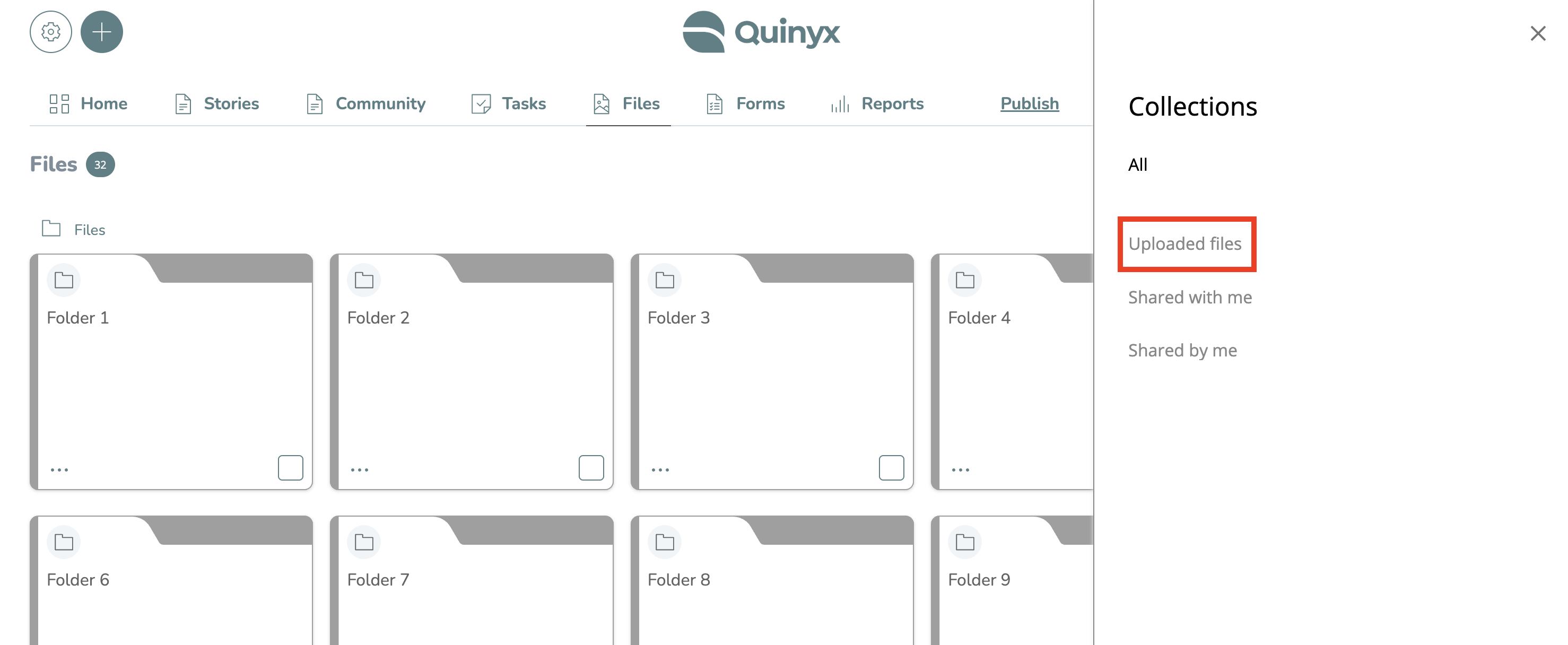
The collection will display all files uploaded to the resources you can access.

To relocate a file:
- Select the file you want to relocate.
- Select move from the action bar.
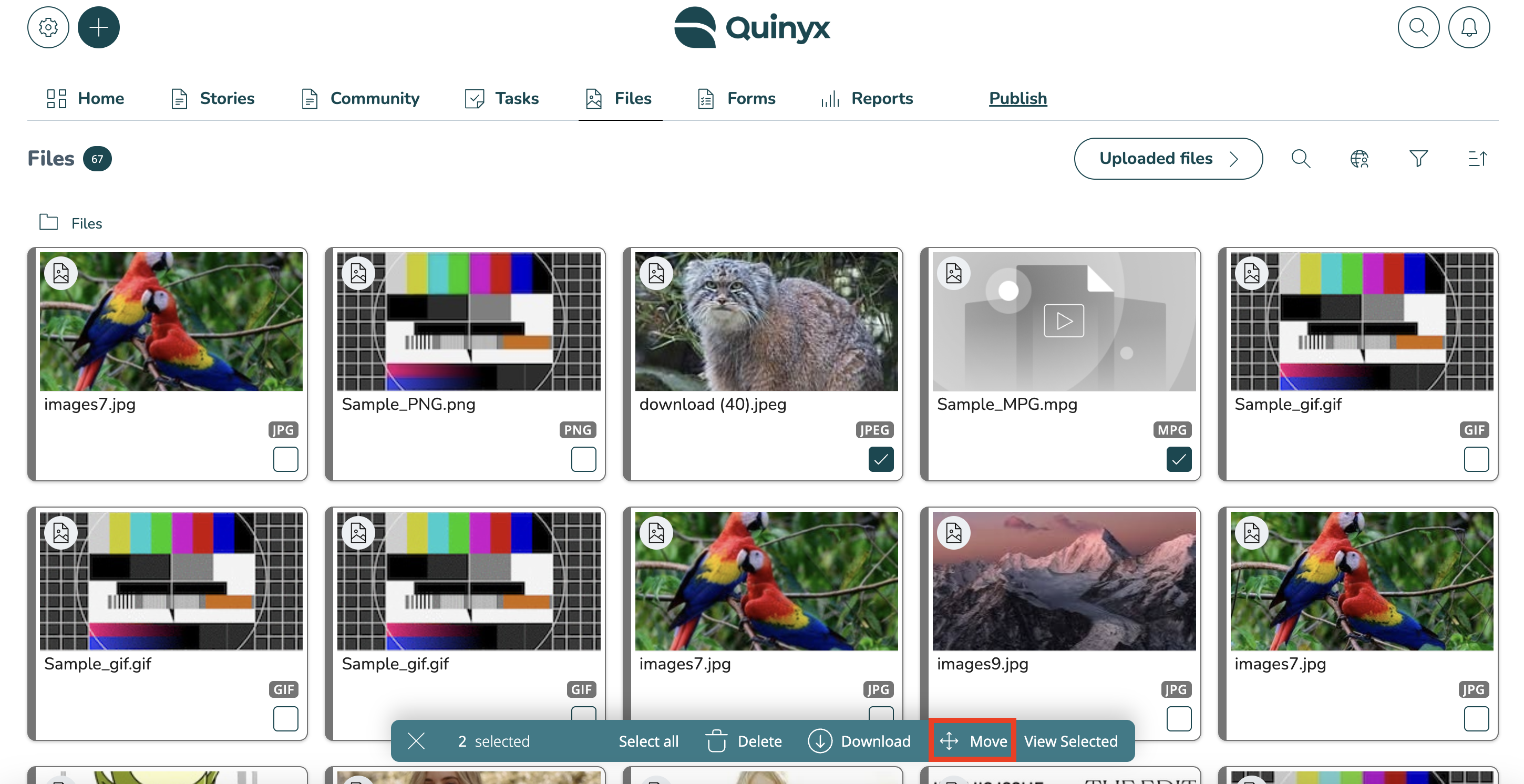
- Choose your destination folder and select move.
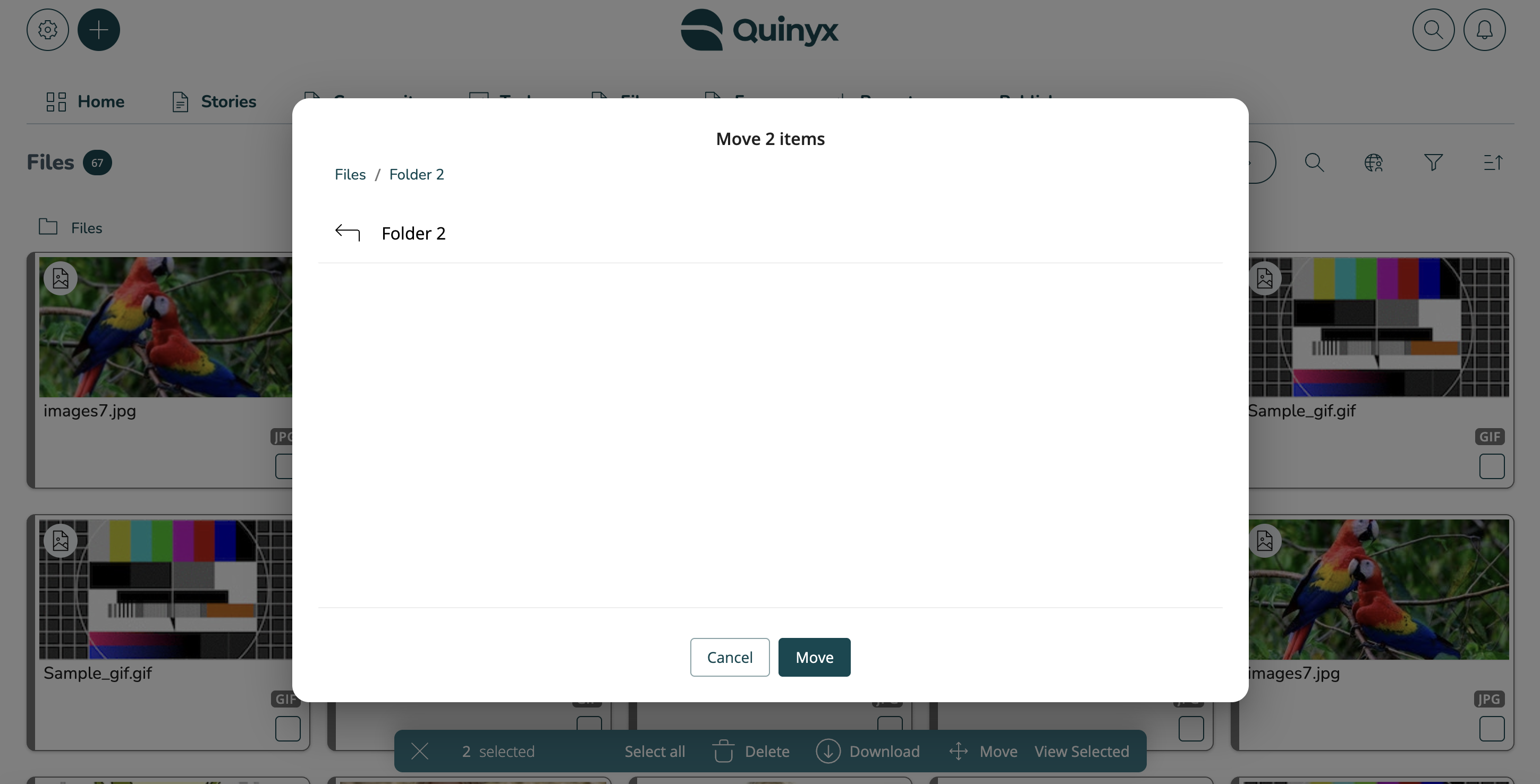
Updates and performance improvements
Redesign of the Frontline Portal - phase 2
In this release we are happy to announce that we are releasing the second phase of the new design for the Frontline portal, which we announced in release notes 0201. Important to note is that we will not be changing any functionality - only the look and feel.
In this release we have updated the top navigation and tabs for Home, Stories, Tasks, and more. Additionally, we’re updating headings, such as those above the cards in the Dashboard.
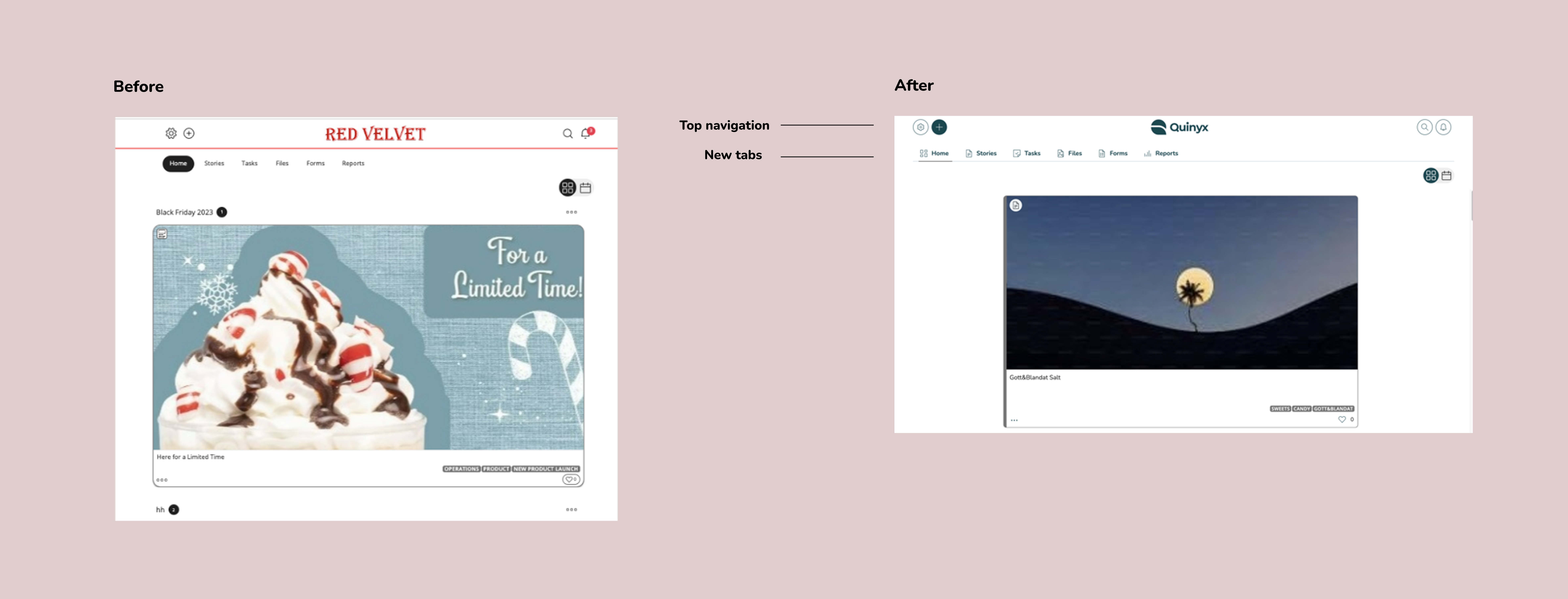
Before

After

Bug fixes
- Resolved an issue where the Story cover image got clipped at the top and bottom when using the Hero carousel display option.
- Resolved an issue where uploaded images in the description of a story wouldn't appear on the UI unless a paragraph was entered in the field.
New Frontline Portal HelpDocs content
- None at this time.
SOAP API / Web service updates
- None at this time.
Please make sure to forward this information to the party within your company responsible for integrations.

